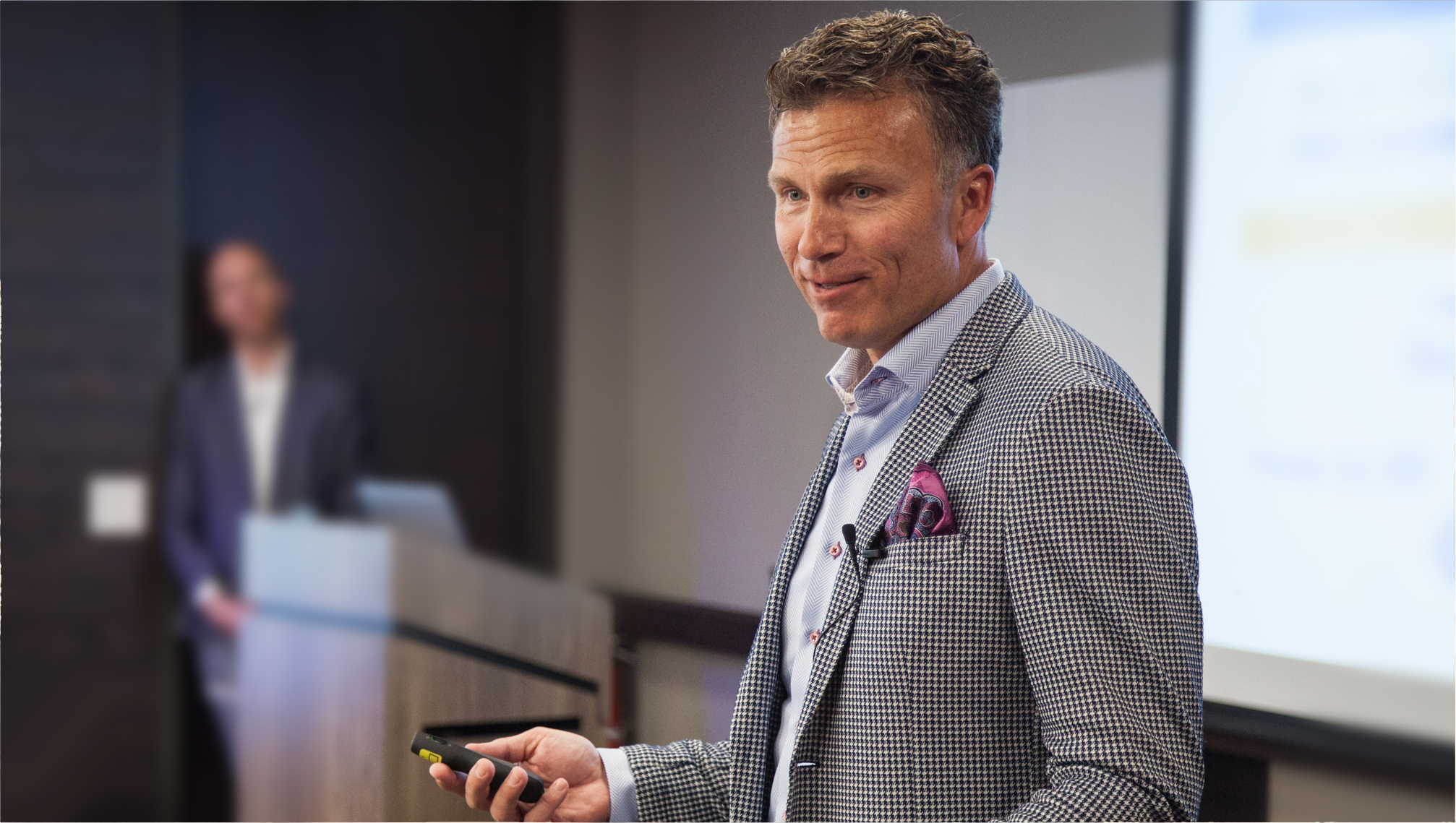
Last month, I was honored to join some of the country’s most elite healthcare executives at the Health Care Executive Group Annual Forum – a closed-door forum to engage in in-depth discussions about challenges and opportunities facing the healthcare industry today. It’s an event I look forward to every year as we discuss pressing issues and how we can better collaborate across the industry to drive meaningful change and innovation.
Each year, the event culminates with a Top 10 list of challenges, issues and opportunities that HCEG members and forum attendees are expecting to confront in the coming year. Over 100 execs from the country’s leading healthcare organizations all worked together to develop this predictive list – debating, ranking and voting on 25 topics compiled from webinars, round tables and the 2019 Industry Pulse Survey.
As a co-founder of MOBE, I could relate to many of the Top 10 issues – they’re the challenges we grapple with every day as we bridge the gap between lifestyle choices and medical care in order to support individuals in achieving their best health outcomes. While the full list included several important topics, there were a couple that continually came up in my conversations with other executives at HCEG, and seem to be particularly important as we consider the needs of today’s healthcare consumer and the industry’s future:
Cost and Transparency
Healthcare costs continue to soar and consume 15% to 20% of the U.S. GDP, so it’s not surprising to see “Cost & Transparency” ranked first on the Top 10 list for 2020. Anytime we discuss challenges or innovation in the healthcare space, cost will remain central to the conversation.
The U.S. has the highest unit costs for nearly all services and procedures – yet we’re not even in the top 10 countries for health outcomes. Why the disconnect? This is the point where healthcare executives, news outlets, and politicians might start pointing fingers at each other. However, HCEG proved to be a venue for diverse thoughts and provoking conversations, arriving together at the core of our most imperative issues and what it will take to pursue progress. In all of my conversations, one word continually came up: transparency.
Although transparency alone won’t solve our cost problems, it’s a key part of the solution. At MOBE, we’ve found this can be particularly powerful for individuals in a hidden population with high-deductible plans, who make up 15% to 20% of the healthcare spend within our clients’ commercially insured populations. Promoting transparency from all corners of the industry will help to equip the consumer with the information they need to make better healthcare decisions.
Holistic Individual Health
Most exciting to my colleagues and me was seeing holistic individual health make it on the top 10 – an encouraging signal that we are on the right path here at MOBE. Throughout the forum, healthcare executives repeated the need for identifying, addressing, and improving an individual’s overall well-being in order to promote a frictionless and connected healthcare experience.
A key part of holistic health is equipping individuals with the tools to connect all the dots of their healthcare and lifestyle decisions. In the panel discussion that I moderated at HCEG with two healthcare leaders, Dr. Archelle Georgiou, MD, and Dr. Johanna Vidal-Phelan, MD, MBA, FAAP, we discussed at length the complexities as well as the social determinants that make it difficult for individuals to engage with their personal health. By collaborating, integrating, and developing tools that put the individual and their health outcomes at the center – we have an opportunity to drive significant sustainable savings for stakeholders across the industry.
Interoperability/Consumer Data Access
As we seek to improve transparency, lower barriers, pursue holistic care and empower the patient to make better healthcare decisions on a day-to-day basis, it won’t come through traditional channels or services. We can’t afford to wait for patients to show up at doctor’s offices or emergency rooms, but we need to ensure we’re meeting them where they’re at – whether it’s the home, office, or on their mobile phones. Our world is increasingly interconnected, and it’s time for healthcare to catch up to other industries when it comes to consumer experience and engagement.
Improving access to care will involve technology advancements such as AI and machine learning; better integration of data and providers and decentralizing medical information; new payer involvement, reimbursement models and value-based care; and ultimately it will necessitate a collective shift in our mindset to prioritize patient outcomes and experiences.
HCEG 2019 was invigorating and inspiring as we challenged the status quo, built a new Top 10 list, and committed to making a difference together. The increased focus on costs, total consumer health, and utilizing new data left me optimistic about the future of the U.S. healthcare system, and most importantly, for the consumers who rely on it.